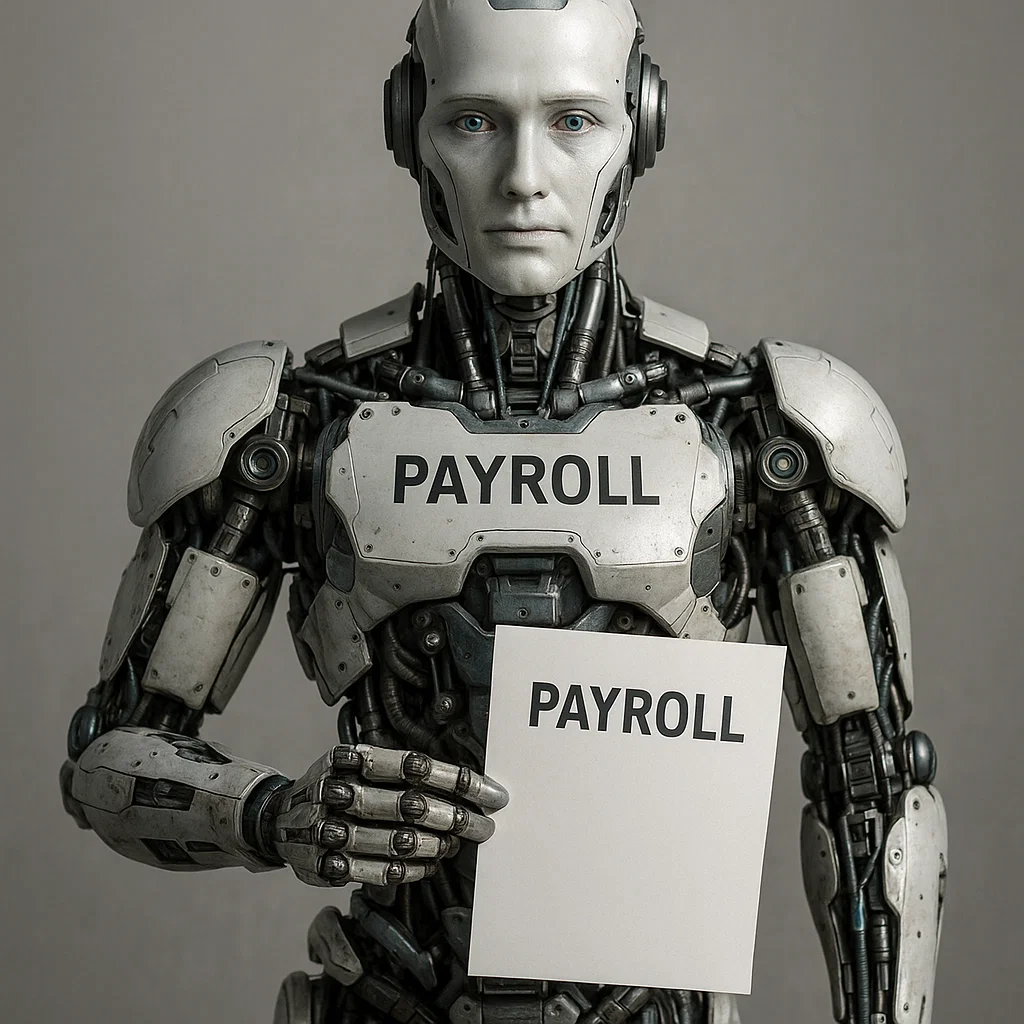“Priya,” Rohan groaned, burying his face in his hands amidst a pile of attendance sheets and tax forms. “It’s payroll week again! Calculating everyone’s salaries, deductions for PF and ESI, figuring out TDS, generating payslips, managing leaves… it’s a monumental task, full of potential errors, and it feels completely disconnected from our financial planning. There must be a smarter way to handle this. How do I even begin automating payroll in India for my growing business?”
Priya empathized. “Rohan, you’re experiencing a common pain point for many SMEs. Manual payroll is not just time-consuming; it’s a high-risk area prone to errors and compliance issues. The disconnect between HR and Finance often leads to inefficiencies and frustration. Embracing HR-finance integration for SMEs through automating payroll is not just an efficiency gain; it’s a strategic ‘Smart Money Move’ for modern business management.”
Rohan looked intrigued. “So, it’s about more than just cutting checks?”
“Absolutely,” Priya affirmed. “It’s about streamlining payroll processes, ensuring accuracy, maintaining statutory compliance, and empowering both your HR and Finance teams with integrated data for better decision-making. It transforms payroll from a headache into a smooth, strategic function.”
Why Manual Payroll is a Headache & The Power of Automation
Priya highlighted the glaring inefficiencies of manual payroll:
- Time-Consuming & Error-Prone: “Hours spent on calculations, data entry, and cross-checking drains valuable resources. Even minor mistakes can lead to major employee dissatisfaction or compliance penalties.”
- Complexity of Indian Compliance: “Navigating Provident Fund (PF), Employee State Insurance (ESI), Tax Deducted at Source (TDS), Professional Tax (PT), Labour Welfare Fund (LWF), and other state-specific regulations is a full-time job. Non-compliance can result in heavy fines.”
- Data Silos: “HR often holds employee data (leaves, attendance, performance), while Finance manages salaries and deductions. This creates a disconnect, requiring manual data transfer and increasing the risk of inconsistencies.”
- Security Risks: “Handling sensitive employee financial data manually or through insecure spreadsheets poses significant security and privacy risks.”
- Employee Dissatisfaction: “Delays, errors, or a lack of transparency in payslips can lead to disgruntled employees, impacting morale and productivity.”
The Solution: Automating Payroll
“Automating payroll leverages technology to handle these complexities, offering immense benefits for your business,” Priya explained:
- Accuracy & Precision: “Automated systems minimize calculation errors, ensuring correct salaries, deductions, and tax calculations every time.”
- Guaranteed Compliance: “Leading payroll software in India are designed to stay updated with the latest statutory regulations, ensuring timely and accurate deductions and filings.”
- Significant Time Savings: “Free up your HR and Finance teams from mundane, repetitive tasks, allowing them to focus on strategic initiatives.”
- Seamless Data Integration: “By linking HR functions (attendance, leave, onboarding) with payroll, you achieve true HR-finance integration for SMEs, creating a unified employee management system in India.”
- Enhanced Employee Experience: “Employees gain access to self-service portals to view payslips, apply for leave, and manage their tax declarations, increasing transparency and satisfaction.”
- Robust Data Security: “Reputable payroll solutions offer secure, encrypted platforms for handling sensitive employee data, significantly reducing risks.”
- Scalability: “As your business grows, automated systems easily accommodate more employees without increasing your administrative burden proportionally.”
Rohan’s Guide: Smart HR-Finance Integration through Payroll Automation
Rohan, now convinced of the advantages, asked for a tactical plan to implement HR payroll solutions:
- Choose the Right Payroll Software: “This is the first and most critical step. Look for a solution tailored to Indian compliance and SME needs.
- Key Features to Look For: Automated salary calculations, statutory deductions (PF, ESI, TDS, PT), leave and attendance management integration, expense management, payslip generation, direct bank integration for salary disbursement, and self-service employee portals.
- Popular Options in India: Consider reputable payroll software India providers like Zoho Payroll, GreytHR, Saral PayPack, Keka, and PayrollBatik.
- Rohan’s Take: “A solution that handles all compliance automatically sounds like a dream come true.”
- Ensure Comprehensive Indian Statutory Compliance: “Verify that the chosen software consistently updates to incorporate changes in Indian labor laws, tax regulations, and social security contributions (like PF, ESI, LWF). This is crucial for statutory compliance payroll India.”
- Smart Move: Ask potential vendors about their update frequency and mechanism for statutory changes.
- Prioritize HR-Finance Integration Capabilities: “The goal is not just payroll automation, but unified data. Look for platforms that integrate seamlessly with your existing HR system (if any) and your accounting software (like Zoho Books or Tally). This creates a single source of truth for all employee-related financial data.”
- Smart Move: A single employee management system in India that covers both HR and payroll eliminates data duplication and manual errors.
- Leverage Employee Self-Service Portals: “Empower your employees. A good portal allows them to view payslips, download tax forms (Form 16), submit leave requests, and declare investments for TDS purposes. This dramatically reduces queries to HR and Finance.”
- Smart Move: Reduced administrative burden for your teams means they can focus on more strategic tasks.
- Assess Data Security & Privacy: “Payroll data is highly sensitive. Ensure the software provider has robust security measures, data encryption, regular backups, and adheres to strict data privacy regulations.”
- Smart Move: Understand their data hosting policies and ensure compliance with Indian data protection norms.
- Plan for Scalability: “Choose a solution that can easily scale as your workforce grows, without requiring a complete system overhaul. This ensures your payroll system remains efficient in the long run.”
- Smart Move: Opt for cloud-based solutions that offer flexible pricing tiers based on employee count.
- Implement Smartly & Train Your Team: “Transitioning to a new system requires careful planning. Start with a pilot group, ensure accurate data migration, and thoroughly train your HR and Finance teams on the new software.”
- Smart Move: Don’t rush the implementation; ensure everyone is comfortable with the new process.
“This clarifies so much! Automating payroll is clearly a strategic investment that pays dividends in accuracy, compliance, and team efficiency,” Rohan concluded, feeling a renewed sense of control.
“Exactly, Rohan!” Priya affirmed. “Mastering automating payroll in India is a powerful ‘Smart Money Move.’ By prioritizing HR-finance integration for SMEs and leveraging smart payroll software India offers, you not only ensure impeccable statutory compliance and streamlining payroll processes but also build a robust employee management system that supports your business’s sustainable growth and financial health.”
Is your Indian SME struggling with manual payroll and looking to embrace automation for greater efficiency and compliance? Need expert guidance on choosing the right payroll software in India, achieving seamless HR-finance integration, or ensuring robust statutory compliance? Visit 21degrees.in and let our seasoned financial advisory team help you implement smart HR payroll solutions, optimize your payroll processes, and empower your business with integrated financial and HR management.




